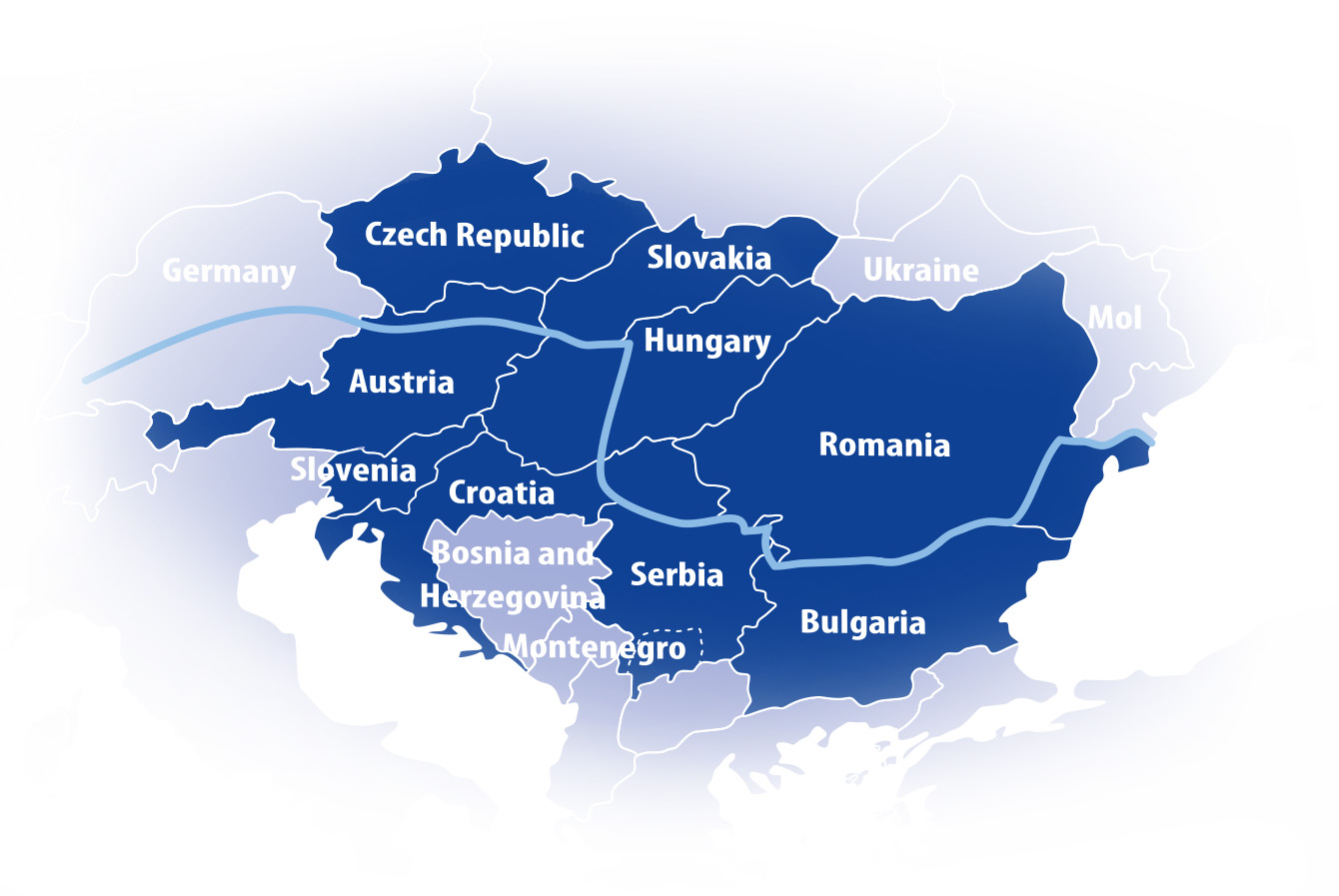Danube Cycle Plans - How to define cycle route networks?
21-12-2020
35 participants from 9 countries joined the 1st thematic workshop of the Danube Cycle Plans project to discuss the draft guidelines about the definition of national cycle route networks as parts of a harmonized Danube cycle route network. The guidelines will build upon the recommendations of the infrastructure module in the Pan-European Master Plan for Cycling Promotion, developed under the Transport, Health and Environment Pan-European Programme (THE PEP). This suggests the definition of cycle networks on pan-European, national, regional and local levels in line with the types of importance attached to a route.

Slovenia has been a forerunner in the Danube macroregion in developing a model to define a national network of interconnected cycle routes. In his presentation of the model, Alma Zavodnik Lamovšek and Dušan Petrovič from University of Ljubljana, Faculty for Civil and Geodetic Engineering highlighted that key characteristics of a good network/route are:
- Coherence of the network by connecting cities and towns in a region with well-developed and continuous cycle routes with possibilities to switch to other modes of transport;
- Good road and wayfinding signage;
- Regular maintenance; and
- Relevant offer of additional services – accommodation, restaurants, bike rentals and repairs, etc.
Previous experience in strategic planning of cycle networks in other contexts was presented by Ádám Bodor (Hungary) and Jürgen Sorger (Austria).
After a discussion about the needs of different groups of cyclists in terms of types of infrastructure, as well as objectives for the creation of a comprehensive national cycling network, small groups of participants put the model into practice to propose draft networks for Austria, Slovakia, Romania, Hungary, Czech Republic and Bulgaria. Their conclusions suggest that some key aspects have to be taken into account when planning cycle route networks:
Strategic planning has to be integral part of mobility culture. Creating of a national cycle route network should be involved in the policies on the national, regional and local level.
Before planning and building new cycling infrastructure it is necessary to consider the main principles that a bicycle-friendly infrastructure must meet. These principles are:
- Safety,
- directness,
- coherence,
- attractiveness and
- comfort.
Different priority principles should be taken into account for different types of cyclists (leasure versus commuting cyclist).
The final version of Danube Cycle Plan‘s guidelines to define cycle route networks is expected to be finalized by the end of January.
